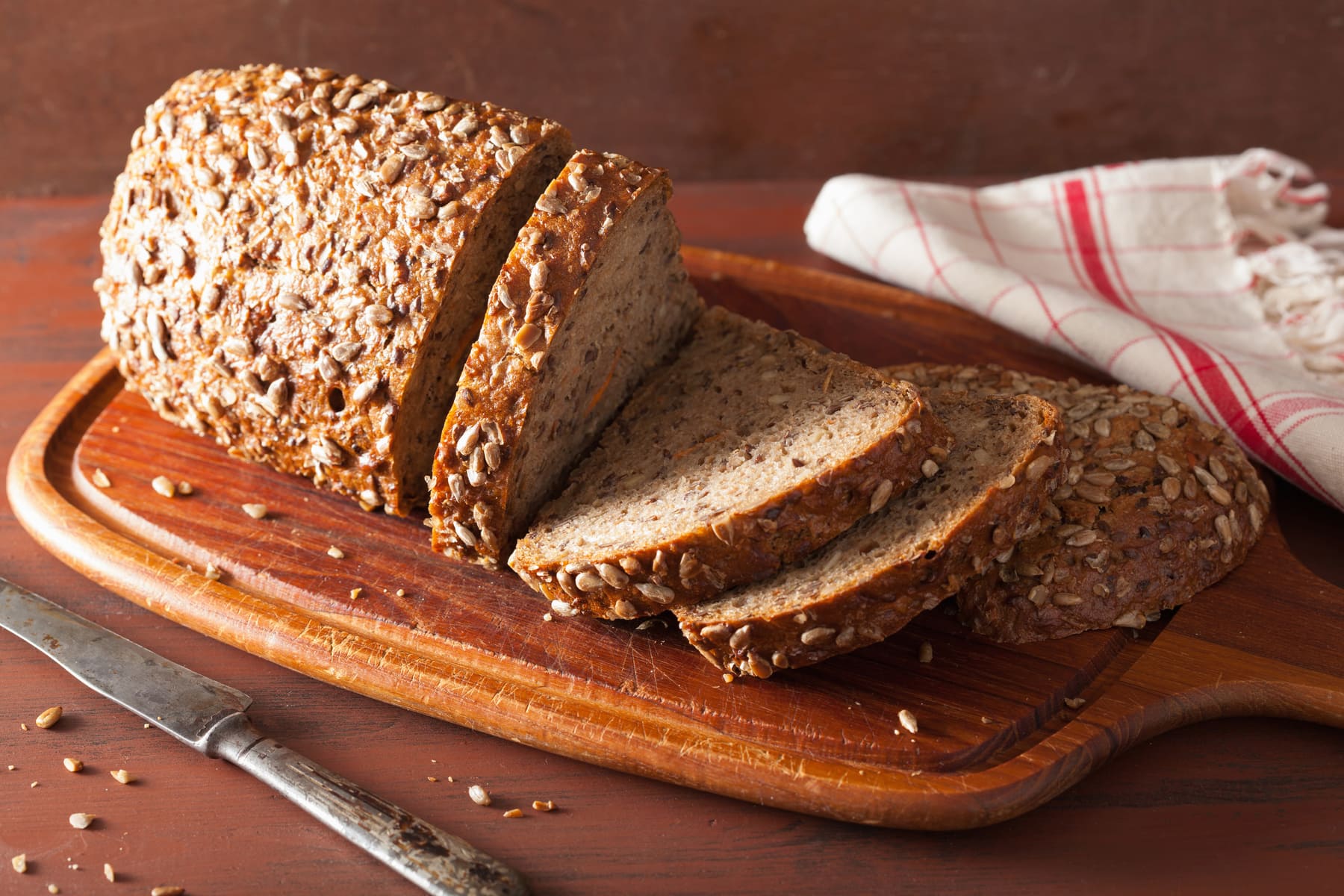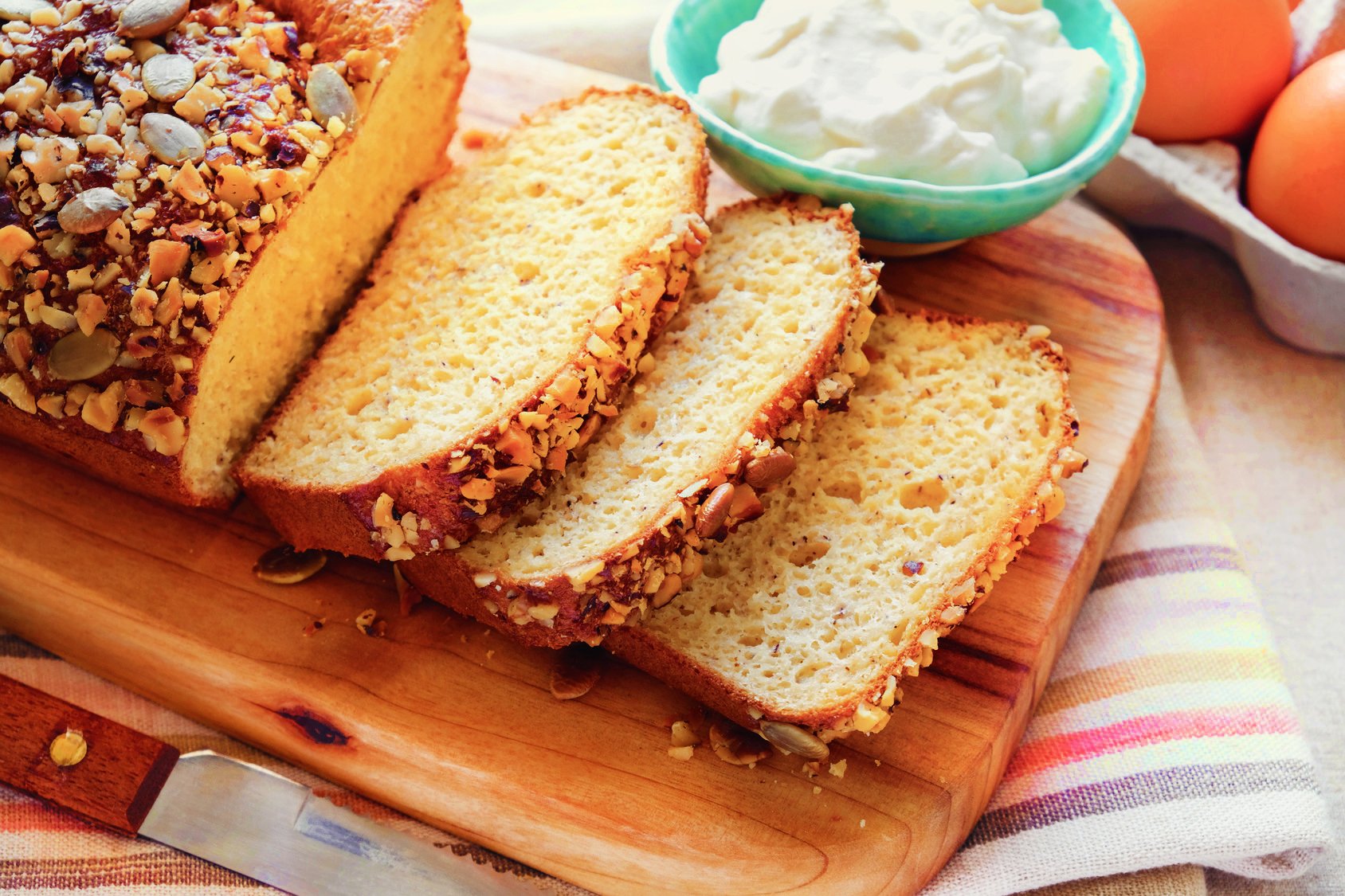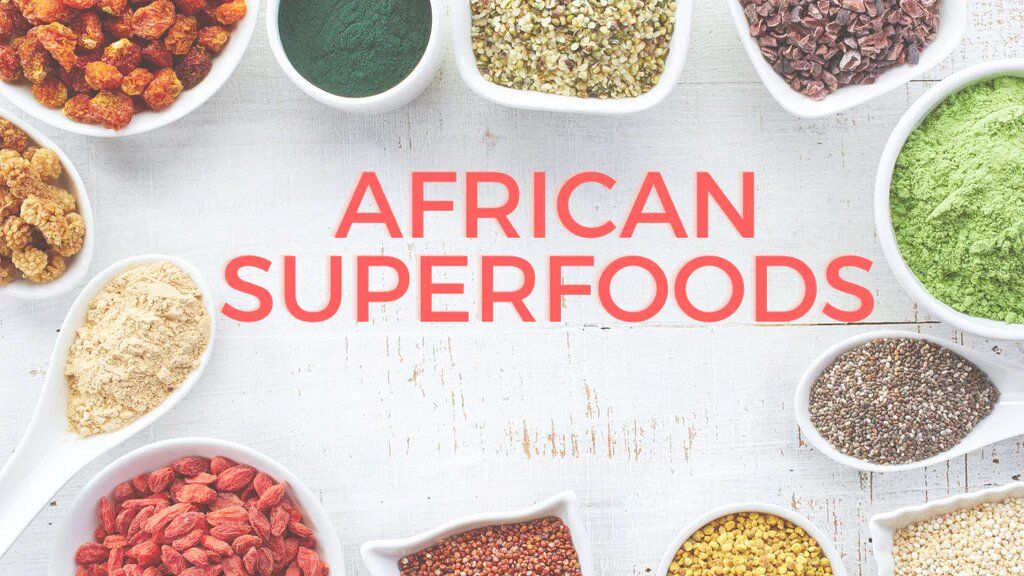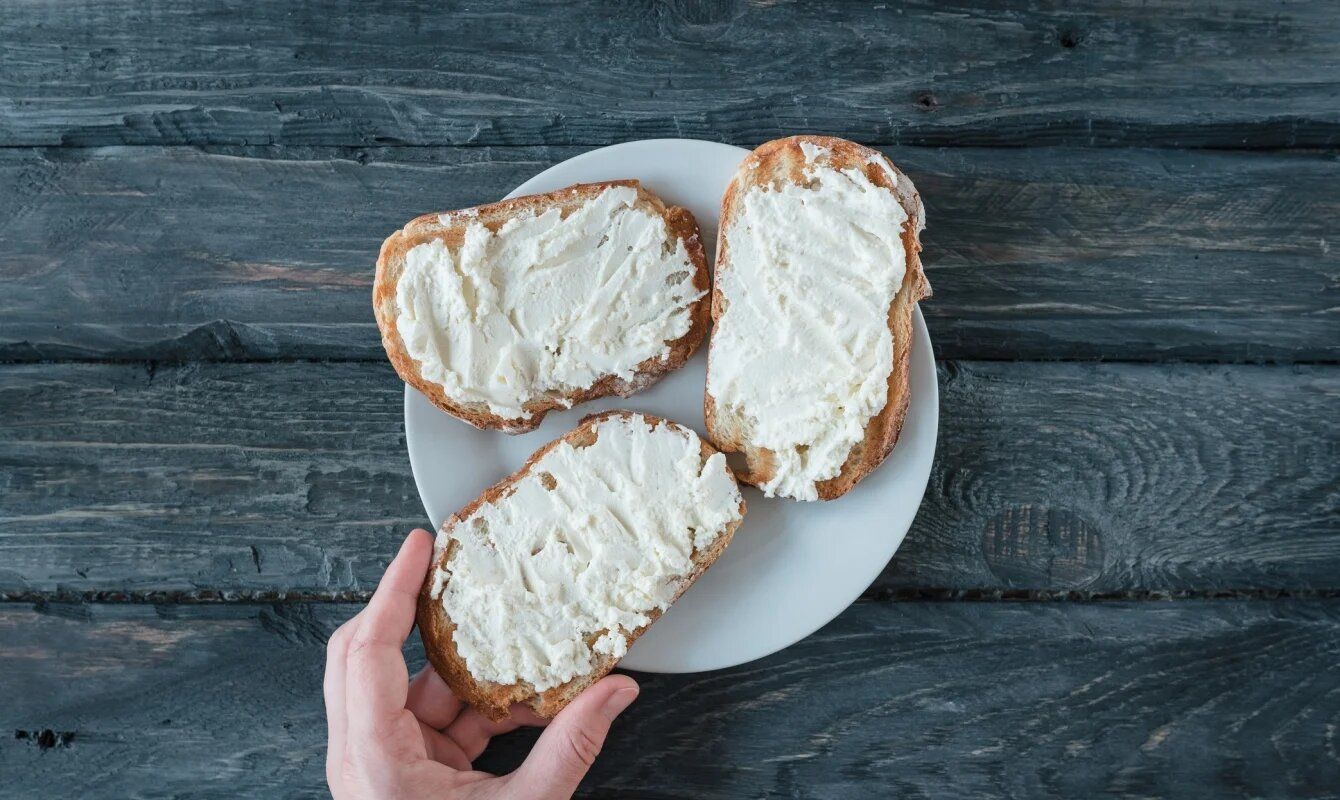Discovering the Healthiest Breads of 2024: What's on Your Plate?
In the quest for healthier eating habits bread often becomes a point of contention. With so many options on the shelves it's challenging to discern which are genuinely beneficial for our health. This comprehensive guide delves into the world of bread analyzing the best bread for health the healthiest bread for weight loss and the nuances of whole grain versus sourdough bread along with the sprouted bread health benefits and keto-friendly bread alternatives.
1. Whole Grain Bread: A Nutrient Powerhouse

Whole grain bread is often hailed as the gold standard in healthy bread options. Unlike refined grains whole grains include all parts of the grain kernel retaining the bran germ and endosperm. This means they're richer in fiber vitamins and minerals. Regular consumption of whole grain bread can aid in digestion reduce the risk of heart disease and even assist in weight management.
Key Takeaway: Opting for whole grain bread ensures a nutrient-rich diet fostering overall well-being.
2. Sourdough Bread: The Fermented Favorite

Sourdough bread known for its distinctive tangy flavor is not just a gourmet's delight but also a health-conscious choice. The fermentation process involved in sourdough production enhances the bioavailability of nutrients and makes it easier to digest. It’s a great option for those looking to maintain a healthy gut flora.
Key Takeaway: Sourdough bread is an excellent choice for digestive health and nutrient absorption.
3. Sprouted Bread: Unlocking Nutritional Benefits

Sprouted bread made from whole grains that have begun to germinate is emerging as a star in the health world. The sprouting process increases nutrient levels and decreases antinutrients making it a powerhouse of digestible nutrients. It's particularly rich in protein fiber vitamins and minerals making it an excellent choice for a balanced diet.
Key Takeaway: Sprouted bread maximizes nutritional value offering a wholesome alternative to regular bread.
4. The Low-Carb Leader: Keto-Friendly Bread Alternatives

In the realm of health-conscious eating the rise of low-carb diets has been meteoric particularly with the popularity of the ketogenic (keto) diet. A fundamental challenge for many on this diet is finding suitable alternatives to traditional high-carb foods like bread. Enter keto-friendly bread alternatives - a solution that allows you to enjoy the pleasures of bread without the carb overload.
Keto-friendly breads are crafted to align with the low-carb high-fat principles of the keto diet. They typically feature ingredients such as almond flour coconut flour flaxseed meal and psyllium husk which are low in carbohydrates but high in fiber and healthy fats. These breads offer a texture and flavor profile that is pleasantly reminiscent of traditional bread while keeping the carb count astonishingly low.
Key Features of Keto-Friendly Breads:
- Low Net Carbs: The primary feature of keto bread is its low net carb content crucial for maintaining ketosis the state where the body burns fat for energy instead of carbohydrates.
- High in Healthy Fats: Ingredients like almond and coconut flour contribute healthy fats that are essential for the keto diet aiding in satiety and providing energy.
- Rich in Fiber: These breads often contain high levels of dietary fiber which aids in digestion and helps maintain a feeling of fullness reducing the likelihood of overeating.
Health Benefits:
- Weight Management: By staying within the low-carb framework keto-friendly bread can be an effective tool for weight loss and weight management.
- Stabilizes Blood Sugar Levels: Low-carb diets are known for their ability to stabilize blood sugar levels making keto bread a suitable option for those with diabetes or insulin sensitivity.
- Supports Heart Health: The healthy fats in these breads can contribute to improved heart health by potentially lowering bad cholesterol levels.
Popular Keto Bread Alternatives:
- Almond Flour Bread: Made primarily with almond flour this bread is rich in protein and healthy fats with a nutty flavor and dense texture.
- Coconut Flour Bread: A slightly sweeter alternative coconut flour bread is fluffy and light perfect for those who prefer a milder taste.
- Flaxseed Meal Bread: High in omega-3 fatty acids this bread has a robust earthy flavor and is packed with fiber.
- Psyllium Husk Bread: Known for its gut-health benefits this bread has a texture similar to whole wheat bread and is excellent for digestive health.
Key Takeaway: Keto-friendly breads are the perfect solution for low-carb diets balancing taste and health.
5. The Best Bread for Weight Loss: What to Choose?
When embarking on a weight loss journey choosing the right type of bread can play a pivotal role. It's a common misconception that bread needs to be completely eliminated from a weight loss diet. In reality selecting the right kind of bread can actually aid in weight loss by providing essential nutrients and keeping you satiated for longer periods. Here's a look at some of the best bread choices for those aiming to shed pounds.
1. Whole Grain Bread: The Fiber-Rich Champion
Whole grain bread is an excellent choice for weight loss due to its high fiber content. Fiber not only helps in digestion but also keeps you feeling full which can prevent overeating and snacking between meals. Whole grains are digested more slowly than refined grains providing a steady release of energy and preventing spikes in blood sugar levels.
Key Benefits for Weight Loss:
- High in Fiber: Keeps you fuller for longer reducing calorie intake.
- Nutrient-Dense: Provides essential vitamins and minerals with fewer calories.
- Low Glycemic Index: Helps in controlling blood sugar levels important for weight management.
2. Sprouted Grain Bread: The Nutrient Powerhouse
Sprouted grain bread made from whole grains that have been allowed to sprout is lower in calories and higher in protein and fiber compared to regular bread. The sprouting process increases the availability of nutrients and makes it easier for the body to absorb them. This type of bread is also often lower in gluten which can be beneficial for those with sensitivities.
Key Benefits for Weight Loss:
- Increased Protein and Fiber: Enhances satiety and aids in muscle maintenance.
- Lower Caloric Density: Allows for larger servings without excessive calorie intake.
- Improved Digestibility: Easier on the digestive system reducing bloating and discomfort.
3. Thin-Sliced and Light Breads: Portion-Controlled Options
For those who prefer traditional bread but want to manage their calorie intake thin-sliced and light breads are excellent options. These breads are often lower in calories per slice making portion control easier without having to give up the pleasure of eating bread.
Key Benefits for Weight Loss:
- Calorie-Controlled: Helps in managing overall calorie intake.
- Satisfies Bread Cravings: Allows for bread consumption without guilt.
- Versatile: Can be used in various recipes from sandwiches to toast.
4. Rye Bread: The Hunger Suppressant
Rye bread particularly the whole grain variety is very effective for weight loss. It’s more filling than white or wheat bread which can help reduce overall calorie intake. Rye also has a unique ability to suppress hunger making it an ideal choice for those who struggle with cravings.
Key Benefits for Weight Loss:
- Natural Appetite Suppressant: Helps in reducing hunger pangs.
- High in Fiber: Aids in digestion and prolonged satiety.
- Nutrient-Rich: Offers essential nutrients while being low in calories.

5. Sourdough Bread: The Gut-Health Ally
Sourdough bread made through natural fermentation is not only easier to digest but also better for gut health. A healthy gut can improve metabolism and aid in weight loss. The fermentation process also reduces the bread’s glycemic index which helps in controlling blood sugar levels.
Key Benefits for Weight Loss:
- Lower Glycemic Index: Leads to more stable blood sugar levels.
- Improved Digestibility: Fermentation breaks down gluten making it gentler on the stomach.
- Gut Health Benefits: Promotes a healthy gut microbiome which is linked to weight management.
- Key Takeaway: Selecting high-fiber nutrient-rich breads can aid significantly in weight loss efforts.
6. Understanding Glycemic Index: A Key to Healthier Bread Choices
The glycemic index (GI) is a crucial factor in choosing the healthiest bread. Breads with a lower GI are digested more slowly leading to a gradual rise in blood sugar levels. Whole grain sourdough and certain sprouted breads often have a lower GI making them healthier options especially for those with diabetes or insulin resistance.
Key Takeaway: Low-GI breads are essential for maintaining stable blood sugar levels and overall health.
7. Bread and Allergies: Navigating Gluten and Other Allergens
For individuals with gluten intolerance or allergies selecting the right bread is critical. Fortunately there are numerous gluten-free options that don't compromise on health or taste. Look for breads made from alternative flours like buckwheat almond or rice flour.
Key Takeaway: Gluten-free breads offer healthy allergen-free alternatives without sacrificing flavor.
8. What Different Types Of Breads Help To Serve Your Best Health Condition?
The type of bread you choose can have a significant impact on your overall health and well-being. With an array of options available it’s important to select bread that aligns with your specific health conditions and goals. Here’s a guide to help you choose the right bread for various health conditions:
1. For Weight Management: Whole Grain and High-Fiber Breads
If weight management is your goal choose breads that are high in fiber and whole grains. These types of bread help in feeling full for longer periods which can prevent overeating. They also have a lower glycemic index which means they don’t cause rapid spikes in blood sugar levels.
- Whole Grain Bread: Rich in fiber and nutrients it aids in digestion and provides a steady energy release.
- Sprouted Grain Bread: Its high protein and fiber content make it ideal for keeping hunger pangs at bay.
2. For Heart Health: Low-Sodium and Whole Grain Breads
For those concerned about heart health low-sodium breads are a must to help manage blood pressure. Whole grain breads are also beneficial as they contain nutrients that support heart health.
- Low-Sodium Bread: Reduces water retention and blood pressure.
- Oat Bread: Contains beta-glucan a soluble fiber that can lower bad cholesterol levels.
3. For Digestive Health: Sourdough and Sprouted Grain Breads
Individuals with digestive issues should consider sourdough or sprouted grain breads. The fermentation process in sourdough helps break down gluten making it easier to digest. Sprouted grains are also easier on the digestive system and are rich in enzymes that aid digestion.
- Sourdough Bread: Its lower phytic acid content makes it easier to digest.
- Sprouted Grain Bread: The sprouting process increases the bread’s enzyme content aiding digestion.
4. For Diabetes Management: Low Glycemic Index Breads
Those managing diabetes should opt for breads with a low glycemic index (GI) to avoid spikes in blood sugar levels.
- Whole Grain Bread: Its complex carbohydrates are digested slowly preventing blood sugar spikes.
- Rye Bread: Generally has a lower GI than wheat bread making it a better option for blood sugar control.
5. For Gluten Sensitivity or Celiac Disease: Gluten-Free Breads
For those with gluten intolerance or celiac disease gluten-free breads are the go-to choice.
- Gluten-Free Breads: Made from alternative flours like rice almond or buckwheat flour they are safe for those with gluten sensitivities.
6. For Low-Carb or Ketogenic Diets: Keto-Friendly Breads
If you are on a low-carb or ketogenic diet breads made with low-carb flours are your best bet.
- Keto-Friendly Bread: Made with almond coconut or flaxseed flour these breads are low in carbs and high in healthy fats.
7. For Allergy Considerations: Allergen-Free Breads
For those with allergies breads free from common allergens like nuts soy and dairy are essential.
- Allergen-Free Breads: These are specially formulated to exclude common allergens and are safe for people with food allergies.
Conclusion
Embarking on a journey to find the healthiest breads of 2024 means considering individual health needs dietary restrictions and personal taste preferences. From the nutrient-rich whole grain bread to the gut-friendly sourdough the high-protein sprouted bread and the carb-conscious keto alternatives there’s something for everyone. Making an informed choice about what’s on your plate can significantly impact your overall health and well-being. Remember the best bread for health is one that aligns with your unique nutritional requirements and lifestyle choices. So next time you’re at the grocery store use this guide to make a choice that’s not just delicious but also nourishing and beneficial for your health.






